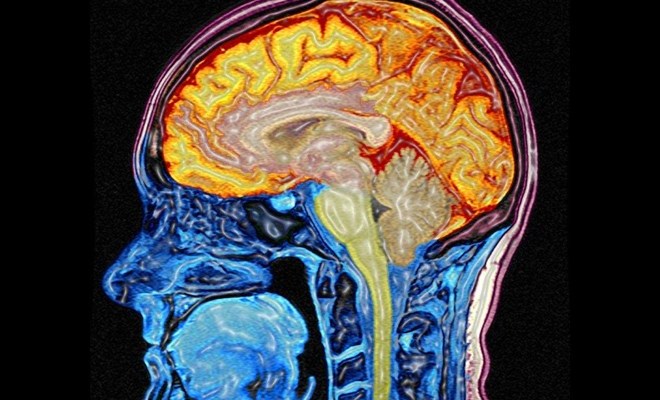|
By Emma Meyers Neuroscientists these days know a lot about how we see things. They know that when you look at an object, the visual information that enters your brain through your eyes must go through many hierarchical levels of processing in order to go from light waves to electrical impulses to green coffee cup. They know that during the early stages of this processing in the primary visual cortex (V1), visual information’s first cortical stop for decoding, our brains’ representations of objects are coarse, yet-unidentified conglomerations of edges, luminance, shadow, and color. What they don’t know, though, is how motion contributes to the rough picture starting to come together in V1. About a year ago, neuroscientists of UC Berkeley came up with a solution to this problem. Using functional magnetic resonance imaging (fMRI), a technique that detects which areas of the brain are most active, they looked at the brains of subjects watching movies and, through complex computations, were able to reconstruct models of what moving images might look like at the V1 level of processing. This is what they found: Pretty cool, huh? In order to build these reconstructions, Professor Jack Gallant and his colleagues recorded the brain activity of subjects watching movies in an fMRI scanner and developed an algorithm for reconstruction, a sort of “key” or “dictionary” that could be used to translate the raw data from the fMRI into moving images. The subjects were then shown more movie clips, this time to test the reconstruction algorithm. The result is the video above. As we might expect from the V1 level, the images are coarse and rely heavily on edges, color, and contrast between light and shadow to create objects, but they’re surprisingly similar to the original clips. Excited about their findings, the Berkeley group suggests that their new technology could one day allow us to watch our own dreams to see into the minds of coma patients. Until then, though, we’re a step closer to understanding how we process the world we move through every day. You can read the full report of this study here, or watch an interesting video of the scientists explaining their work here.
0 Comments
Leave a Reply. |
Categories
All
Archives
April 2024
|

